At some point in the early 1930′s as the giants of the industry, Alexander, Spalding and Slazenger were producing the bulk of the tennis racquets sold in Australia, small boutique firms tried to carve a niche for themselves using technology or simply producing their own limited release racquets with the usual visual design differences.
This page provides an insight into how some early makers evolved into the Dunlop Sports Company.
The Empire Racquet Company produced racquets from Brown St, Camperdown in Sydney. According to Bill Sidwell (Slazenger) they would not have been producing their own frames from scratch, however raw frames may well have been sourced from other Australian makers or even those from overseas, as indeed Spalding were doing from their USA factory.
We know very little about Empire pre 1925. From a press clipping we learn that in 1925 Baker MacPherson acquired Empire Rackets and based on the signage in the photo below, maintained the Empire branding. The newspapers record a fire (not uncommon) occurring in December 1926 at the premises of Baker Macpherson in Camperdown causing damage to frames of some 3000 pounds so this picture below may well be of this site originally set up and retained for the manufacture of Empire racquets, as per the sign.
Thanks to Mandie for supplying the photos
In 2011, we received these photos of what must be a very early mid 1920′s-early 1930′s racquet based on the finish and design. The model is called the “RENOWN” and it carries the statement “Made by Empire Racquet Co” which would suggest they indeed produced racquets locally but most likely after the takeover by Baker MacPherson.
In 1931 the Empire range sold through the retail group Murdoch’s an ‘APEX’ model for 22/6 which was about half the price of quality racquets on the market at the time. The ad below comes from a 1934 retailer called Freebody’s in Canberra, so they had a reasonable range in both oval and flat top shapes.
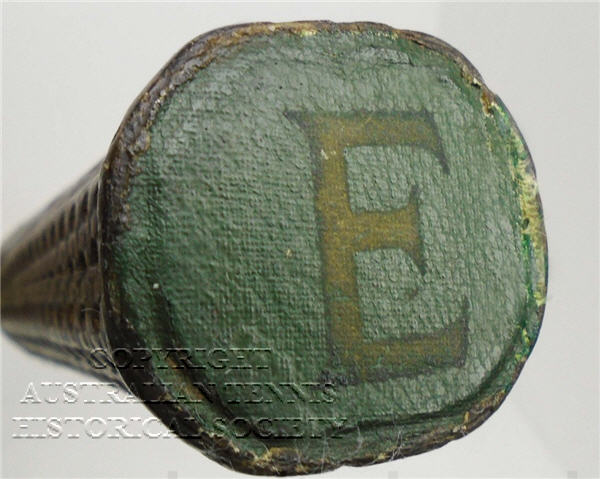
In further efforts to expand their distribution they even worked with retailers to offer FREE racquet frames for the price of stringing only. The offer with one retailer included 200 FREE RACQUETS. Certainly fierce competition.
In 1932, they experienced another fire which destroyed stocks and two of the three floors. Fires in these factories were notoriously fierce due to the oils, resins and lacquers used in production. As a result an auction was conducted on the 22nd August offering 1500-200o tennis racquet frames in various states of completion and Vigoro bats plus other components.
Around the mid 30′s the company developed some new racquet technology based around adjusting the balance of a racquet using a mechanical winding device in the handle. These racquets are very scarce and highly collectable.
In addition to Empire branded products, retail ads appearing in 1934- 1939 are offering Baker Macpherson racquets of varying models, but it is not clear if they were promoting the manufacturer or the brand, so it is possible that a BM branded racquet may appear with models such as Craftsman, Sirius: TruBlue & Telopea: Varsity Blue (also Empire model) His Majesty & Monarch (all 1934).
The first thing to notice about this frame is that the hexagonal shape above the throat was a feature of English and French racquets.
And, below a close up of the key in the handle with an illustration of the weight movement technique via a series of rods built into the handle.
The full ad below
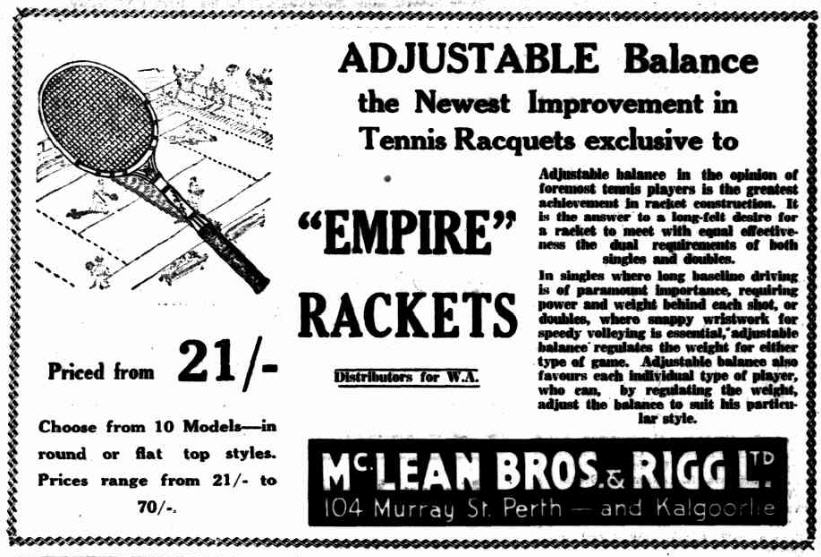 From May 1937 Ad in West Australian paper Geraldton Guardian & Express
From May 1937 Ad in West Australian paper Geraldton Guardian & Express
Please see the article under Australian racquets which introduces another weight adjustment invention by local inventor, Harry Webeck. Slazenger purchased the rights and launched this racquet, perhaps to compete against the Empire innovation.
Dunlop in Australia in the mid 1930′s already had a number of Divisions manufacturing tyres and began to expand operations in the locally produced sporting field, owning Bentleys gut stringing and then in 1937, acquired Baker MacPherson in order to produce tennis racquets.
Adrian Quist at aged 24, was appointed a Director of the new Dunlop Sports Company in 1937 which had a capital value of 100,000 pounds and he moved from South Australia to Melbourne. Fellow directors included Wallace Bartlett, Henry MacKirdy and Albert Alfred MacPherson (of Baker MacPherson) who presumably sold Empire into the new Dunlop venture in a share swap arrangement.
As Australia’s Number one men’s player during this period Adrian was a logical choice in so far as attracting media attention for the new venture. Also in 1937 Dunlop Sports Co. signed on Nancye Bolton onto the staff although no mention of her role was identified. Neville Quist, brother of Adrian and Max Newcombe were also “employed” giving exhibition matches sponsored by the company. Adrian and Nancye also played together in major titles no doubt as added publicity. A massive fight existed to lure players into our local companies because they would travel the country playing exhibition matches under sponsorship from the manufacturers.
The Dunlop Maxply racquets seem to have been made here in Australia during this late 1930′s and up to the late 1940′s although the company never added made in Australia to their products. In 1946 the plastic shoulder overlay called DURAPLAS was invented by two Australians, F.G. Stevens and A.A.Macpherson and this development with the statement “ten times stronger than wood” came to be a leading differential with other racquets of the era and given this many of these “duraplas overlay” racquets were being made locally. These
In 1940, Adrian moved to Sydney taking on the role of NSW Manager.
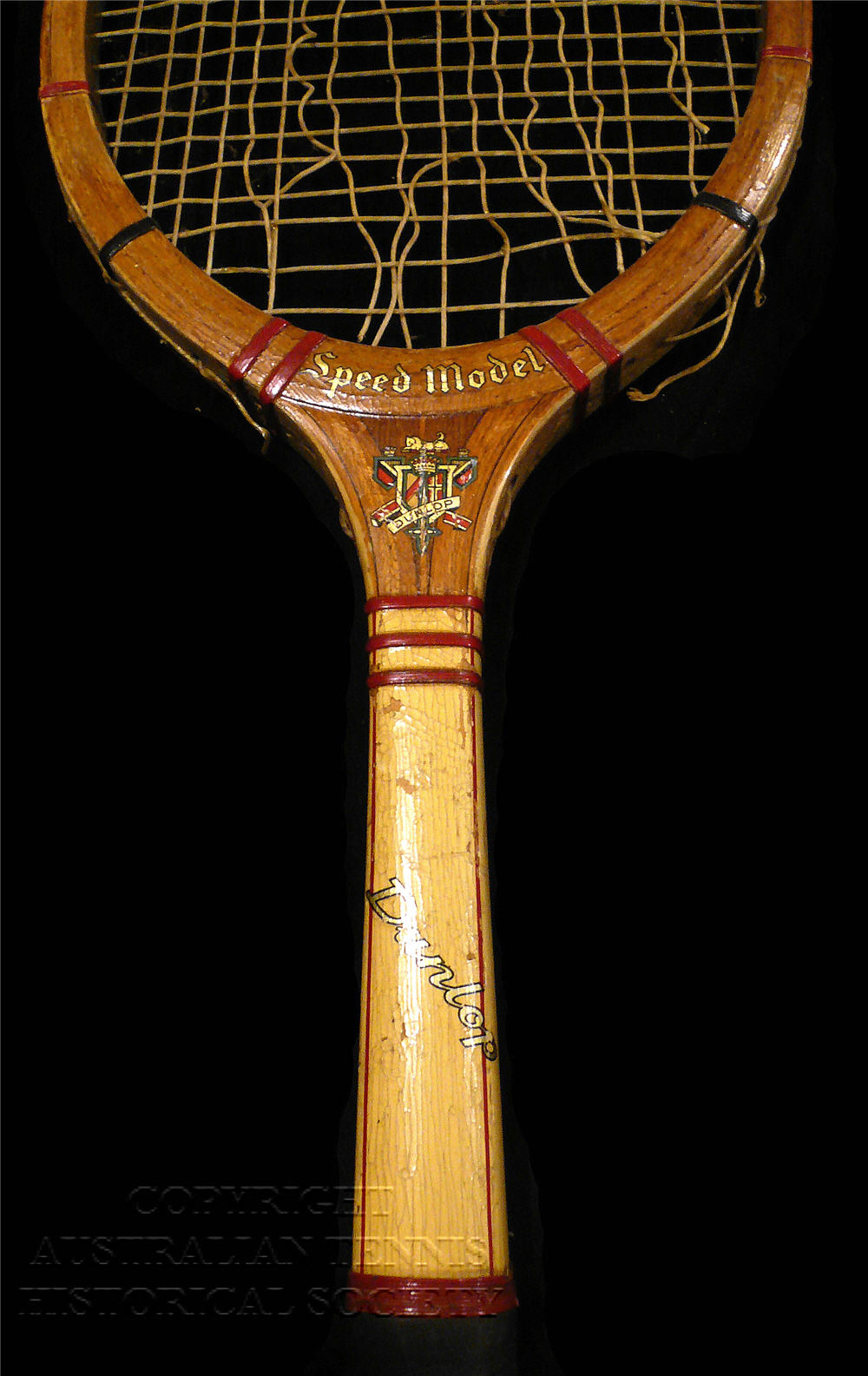 Possibly the first ever variation of the Maxply designed for the Australian market in 1936 as the Speed Model. An ad was found for this edition but it appears to have evolved quickly into other incarnations such as the Australian Model
Possibly the first ever variation of the Maxply designed for the Australian market in 1936 as the Speed Model. An ad was found for this edition but it appears to have evolved quickly into other incarnations such as the Australian Model
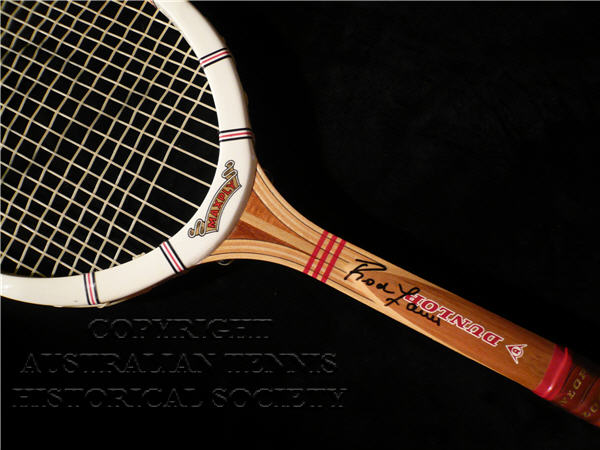
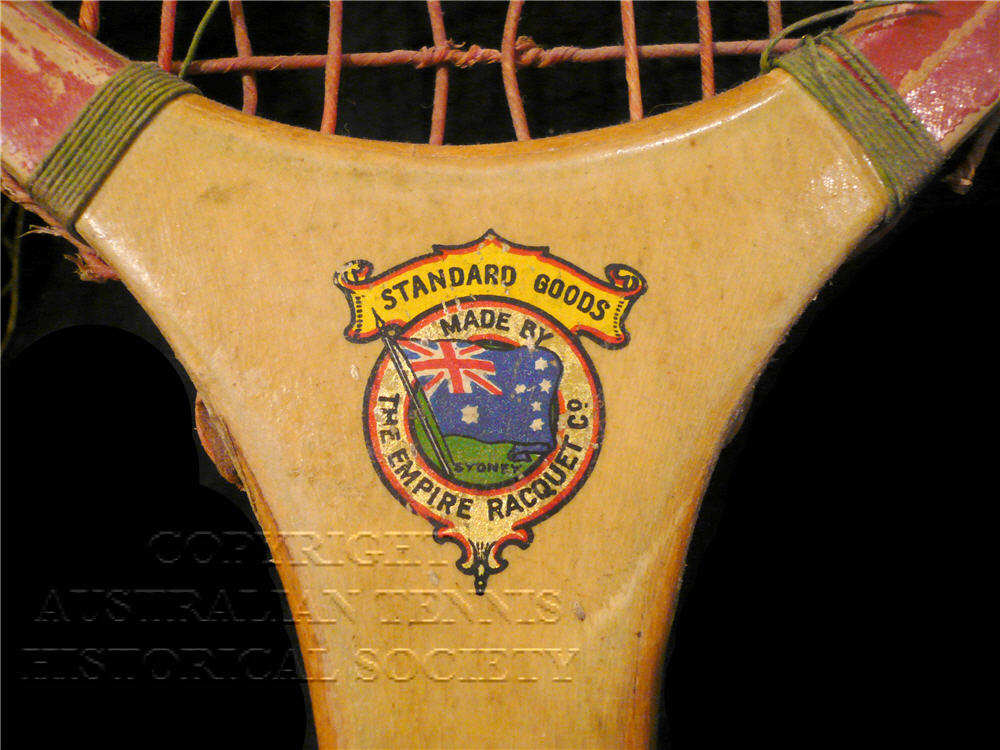
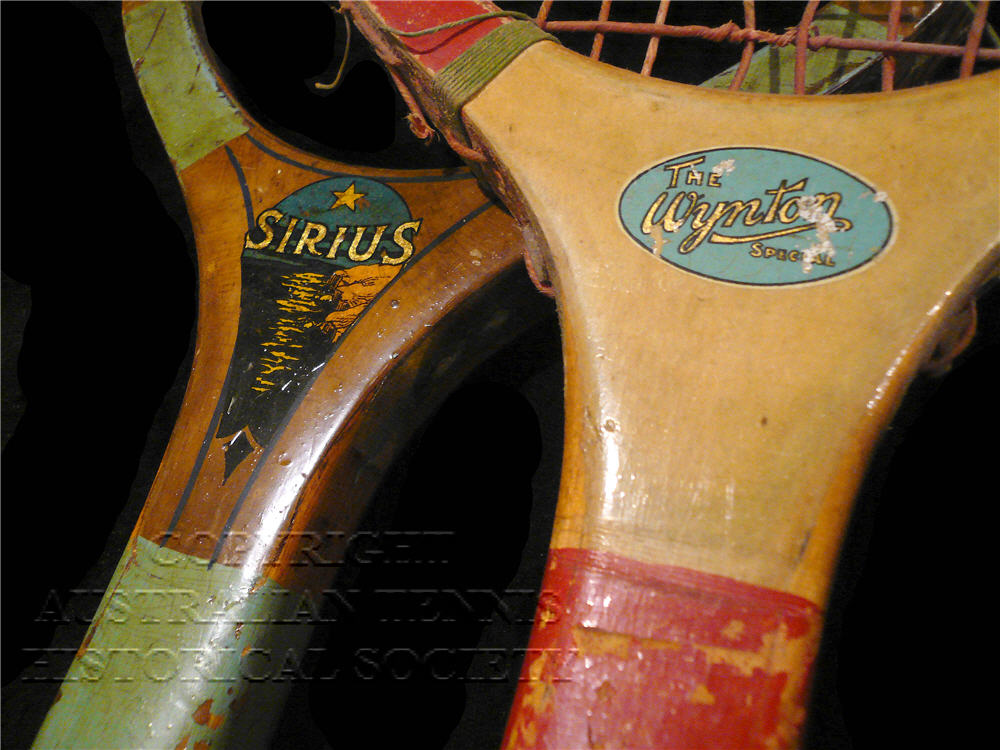
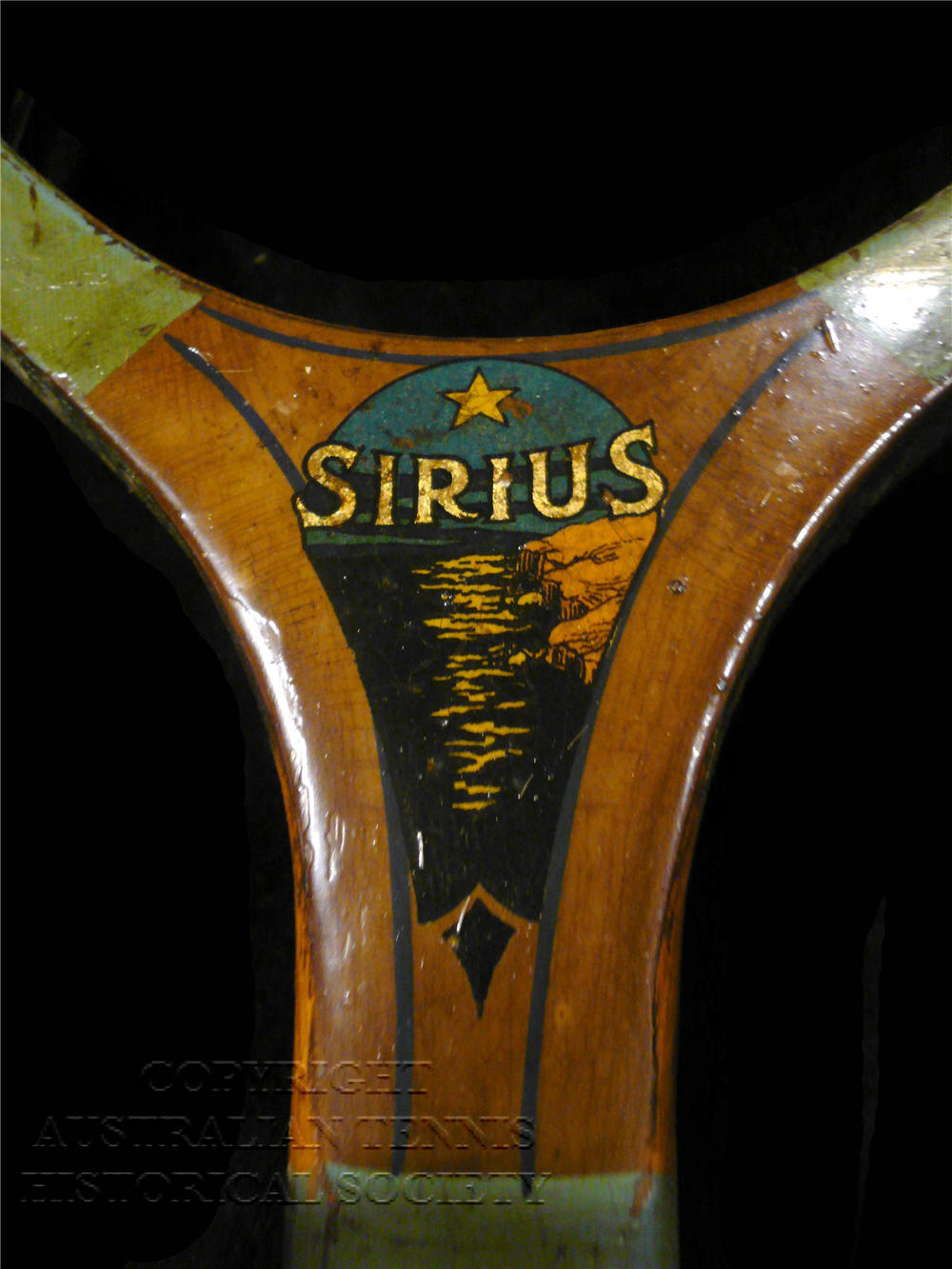
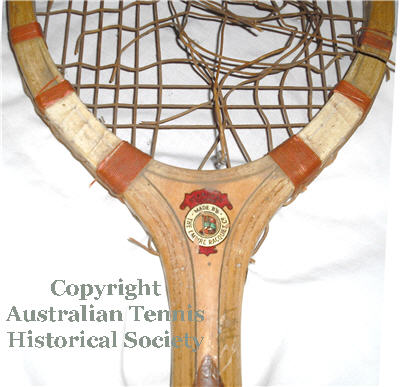
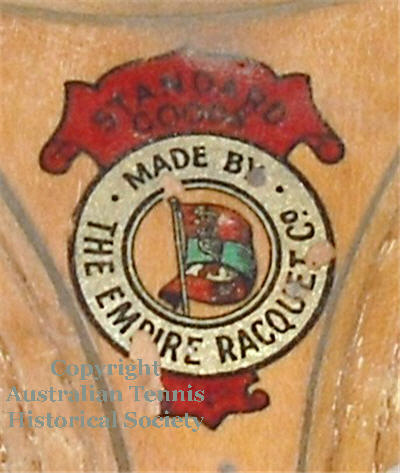
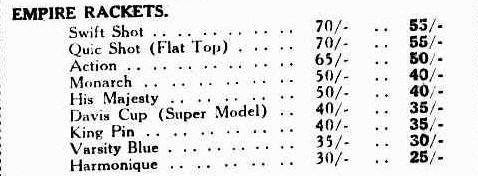
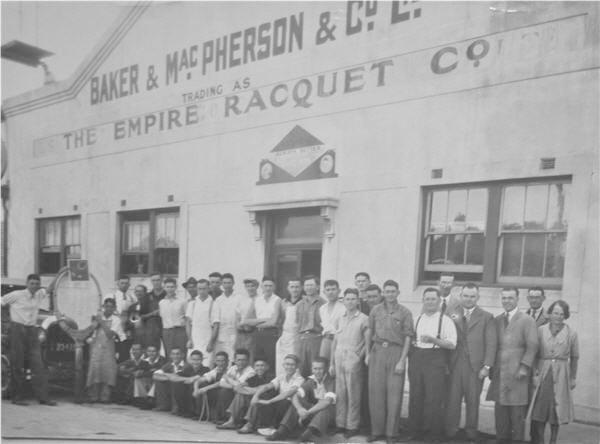
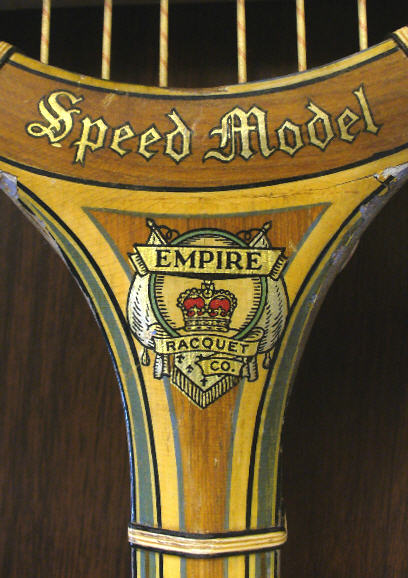
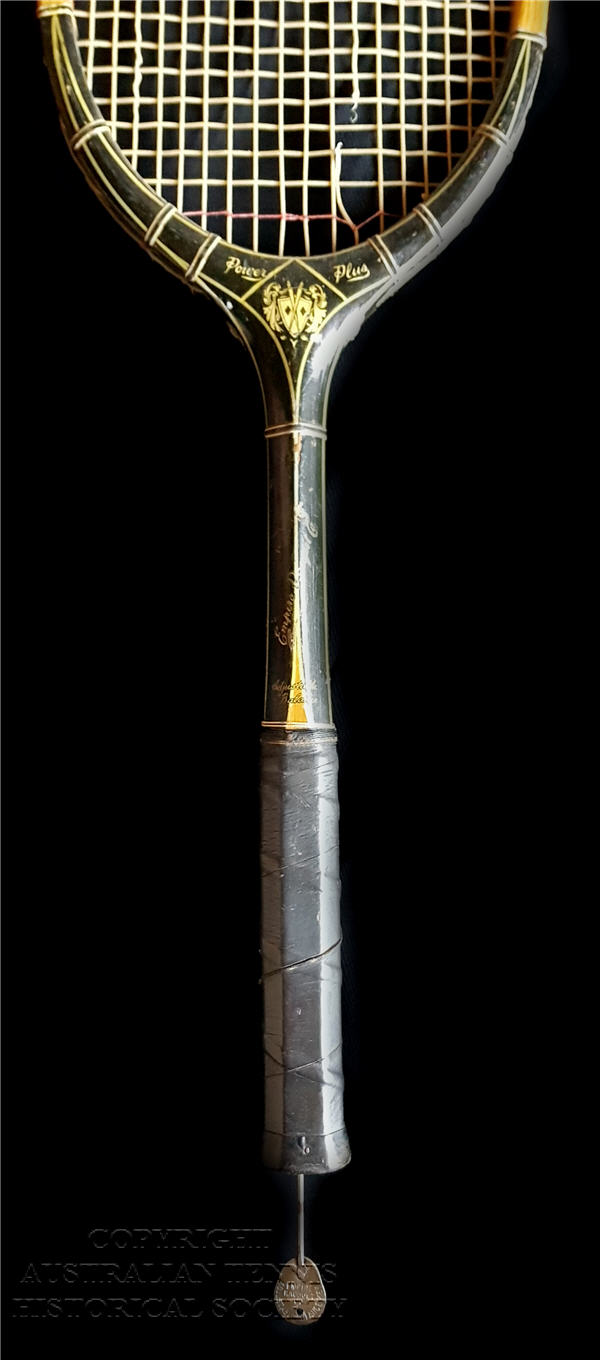
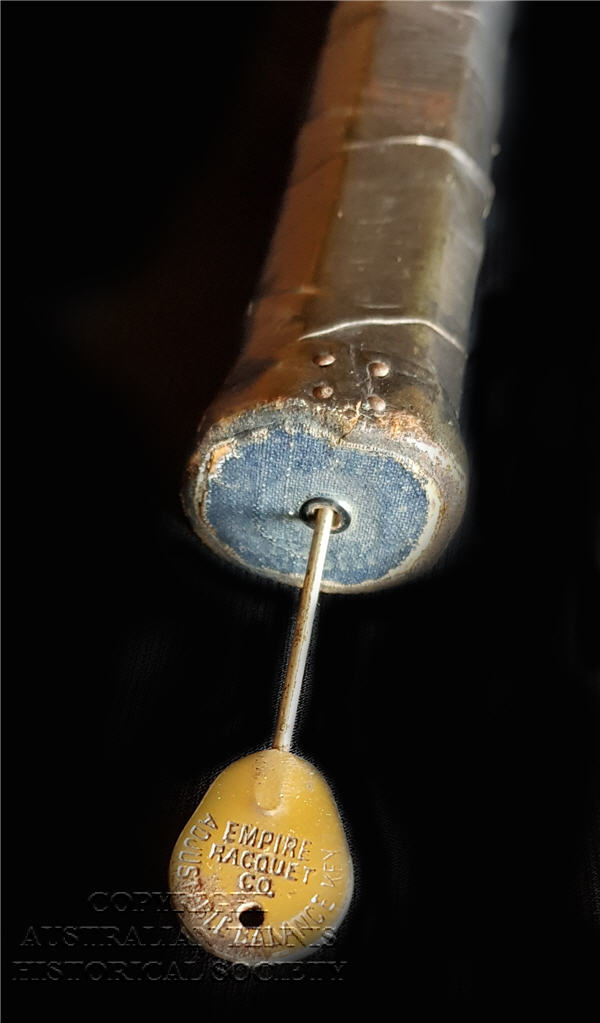
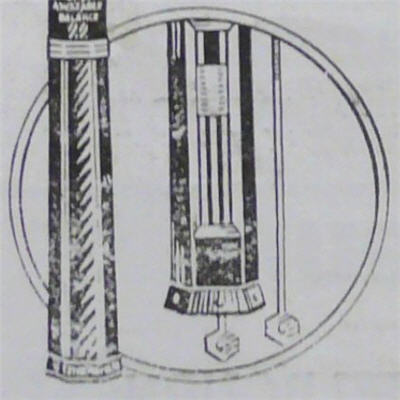
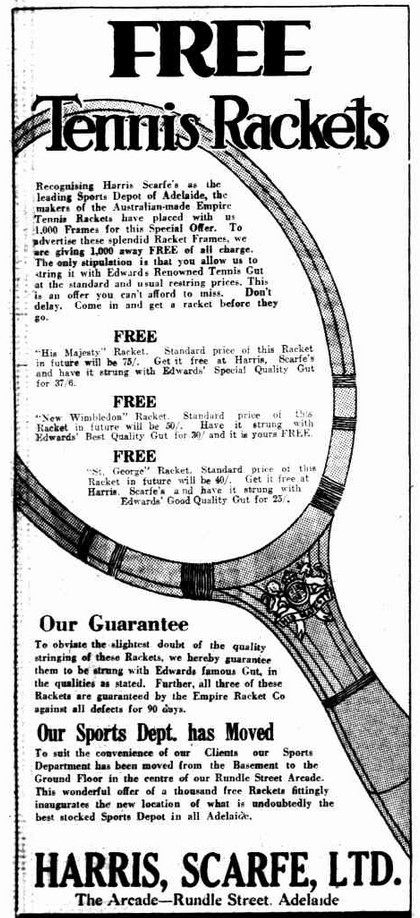
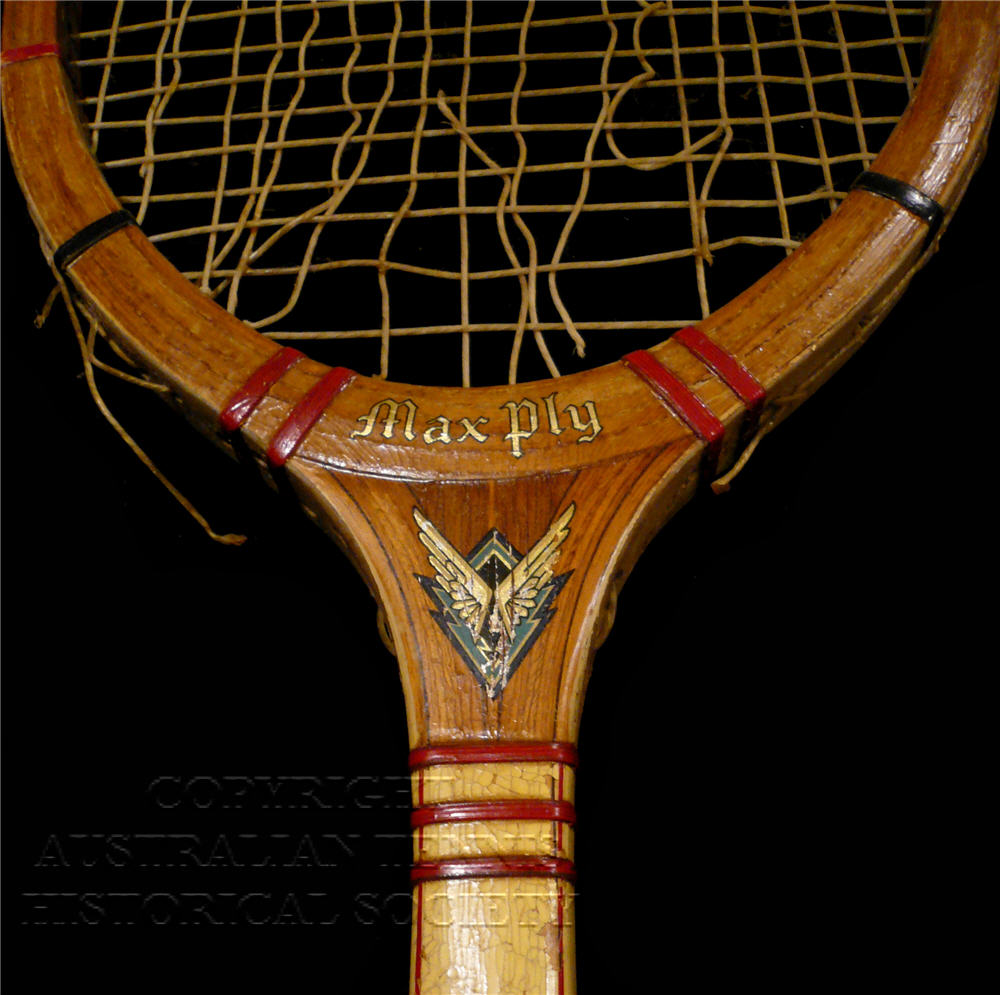
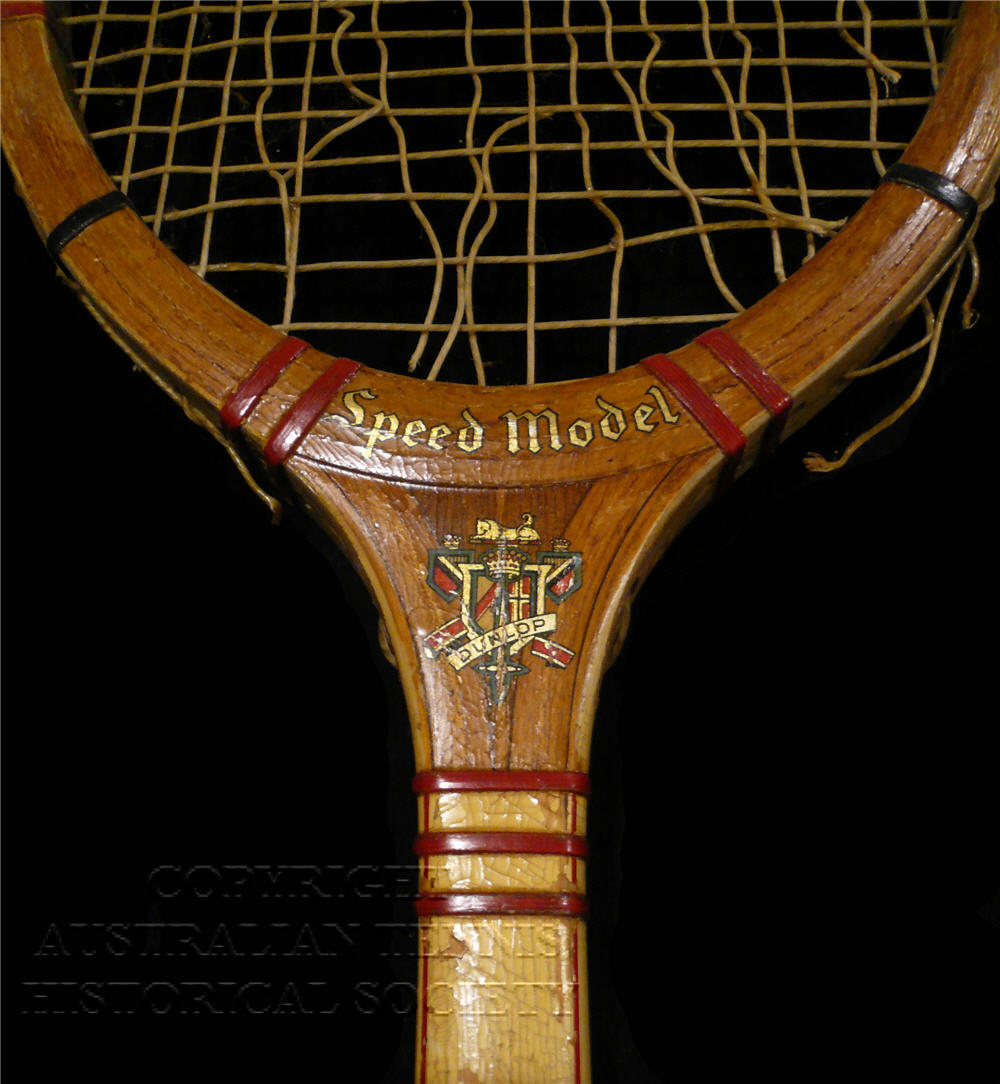
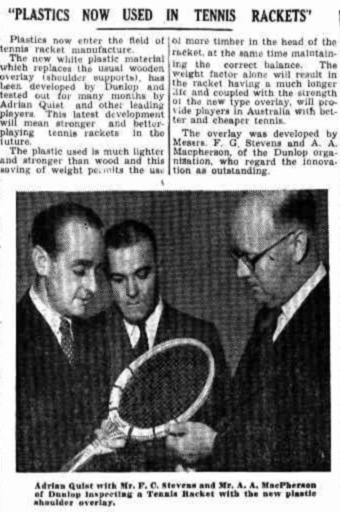

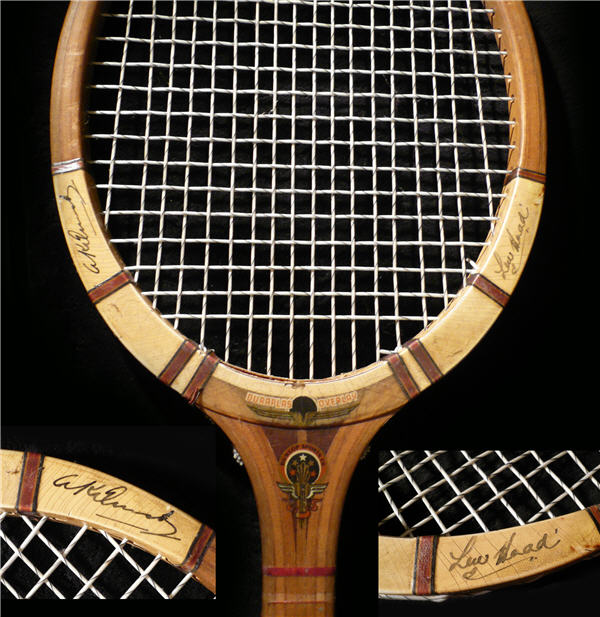

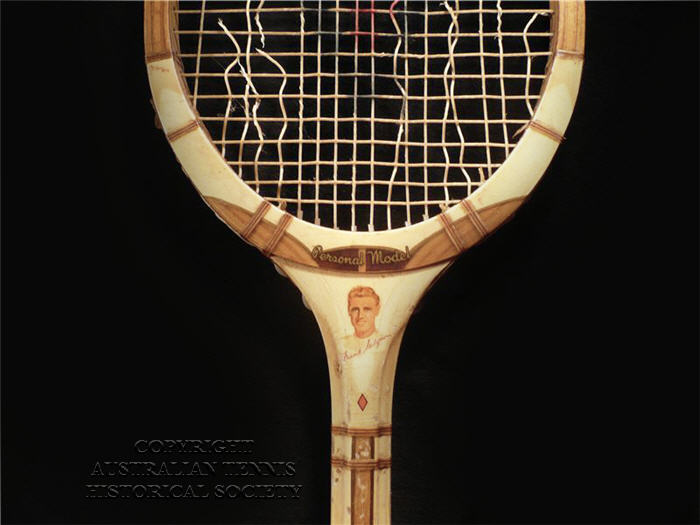

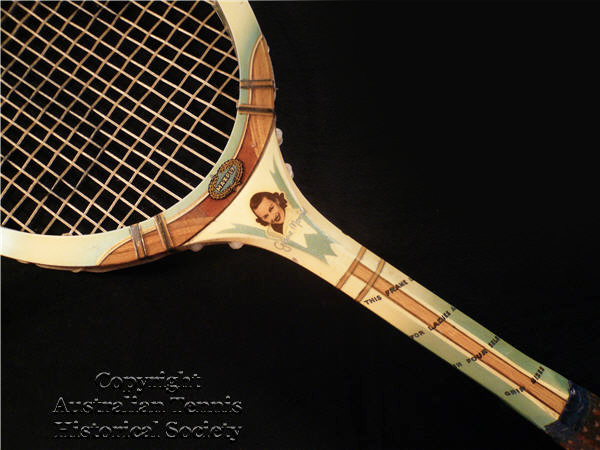

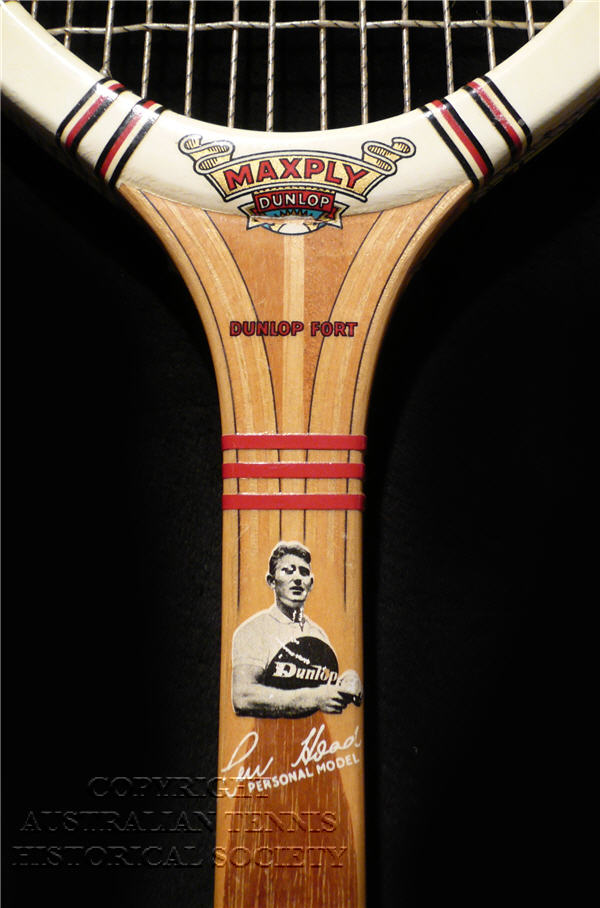

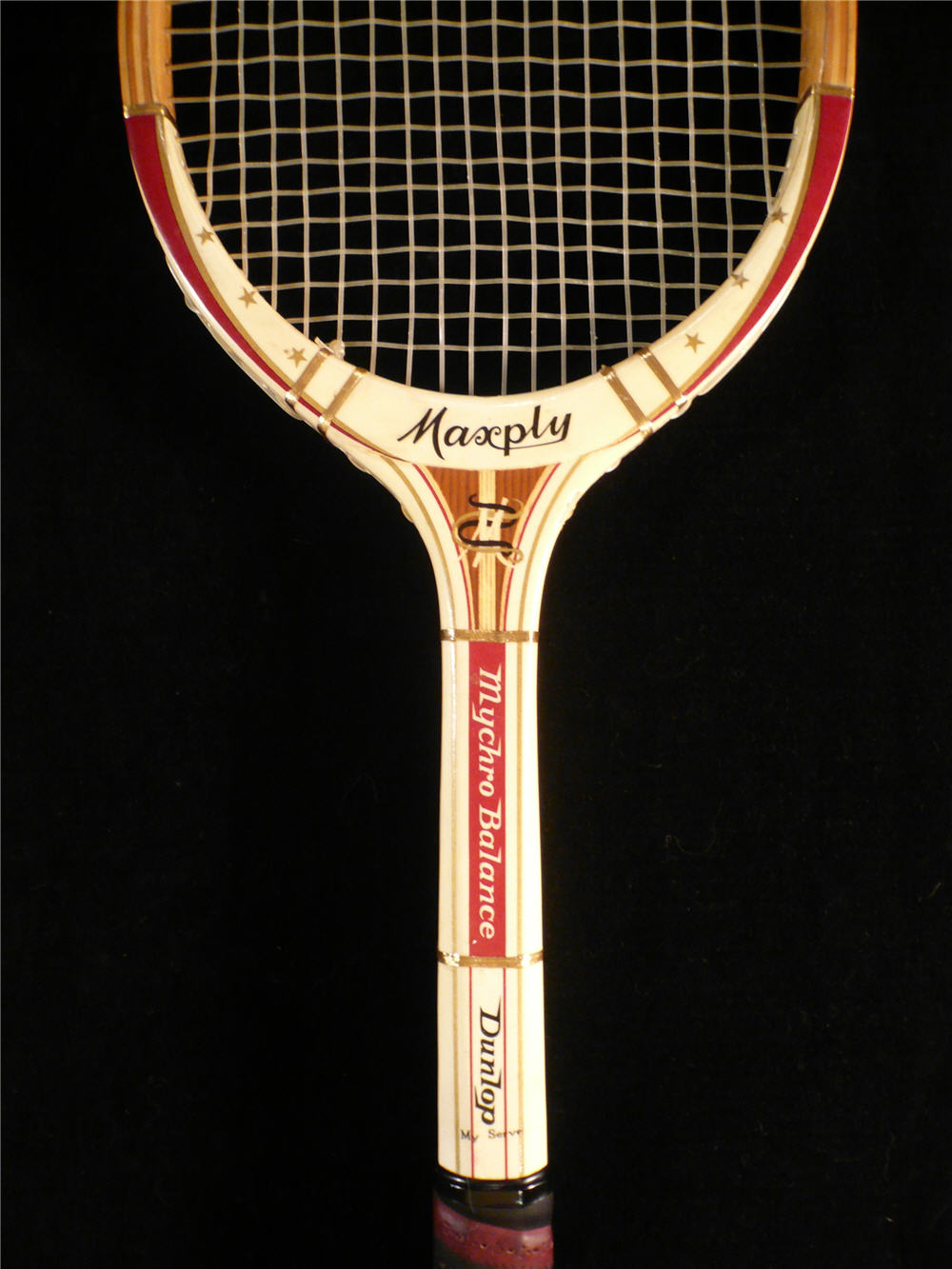
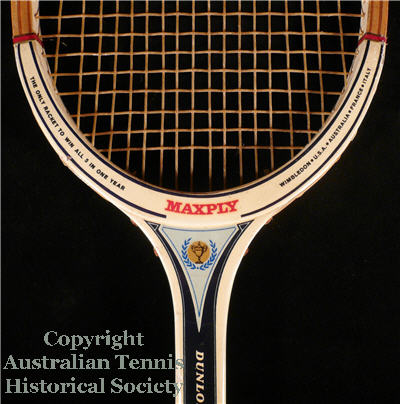

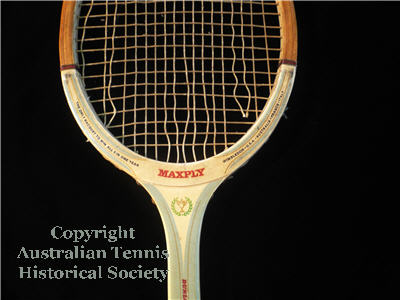


You must log in to post a comment.